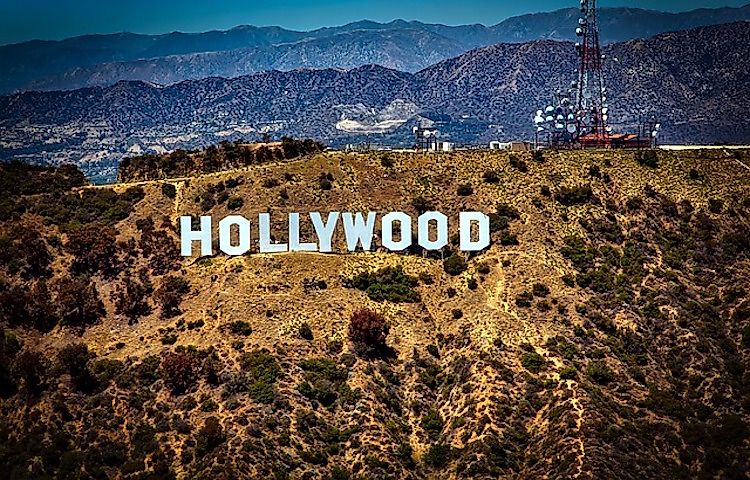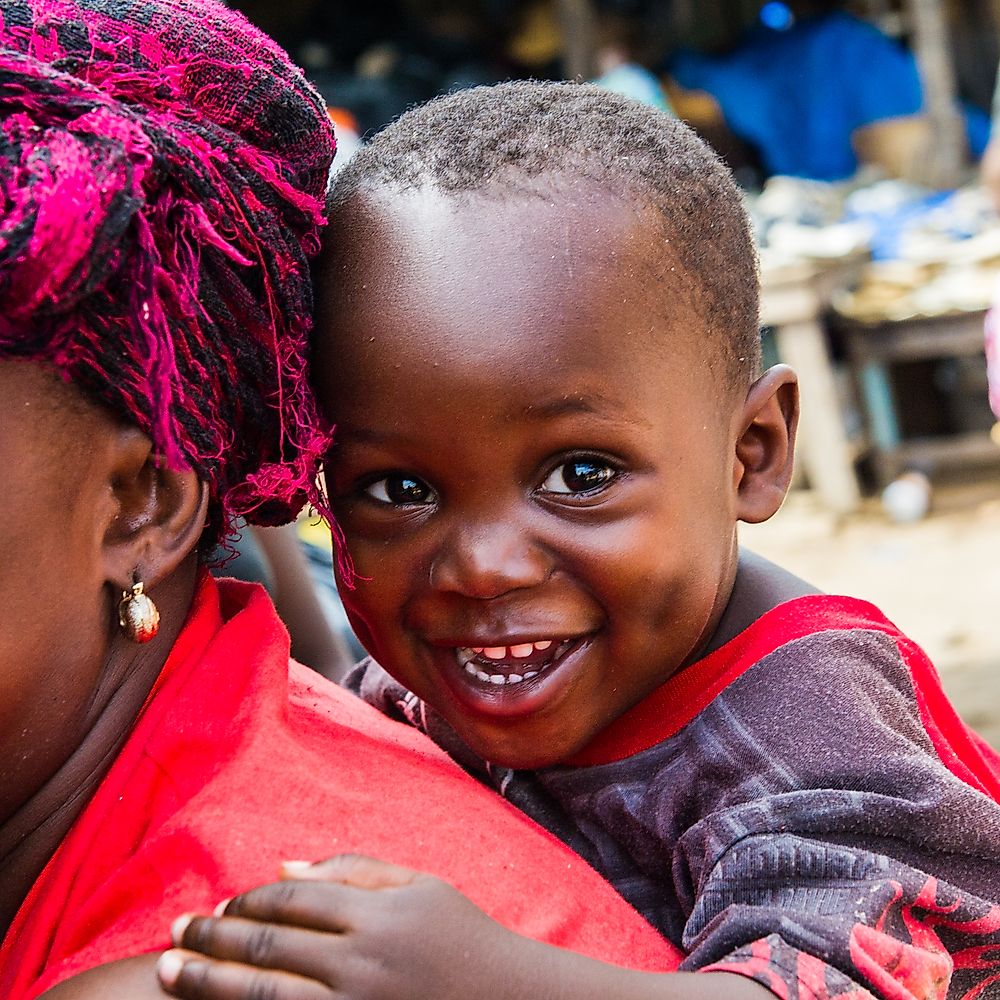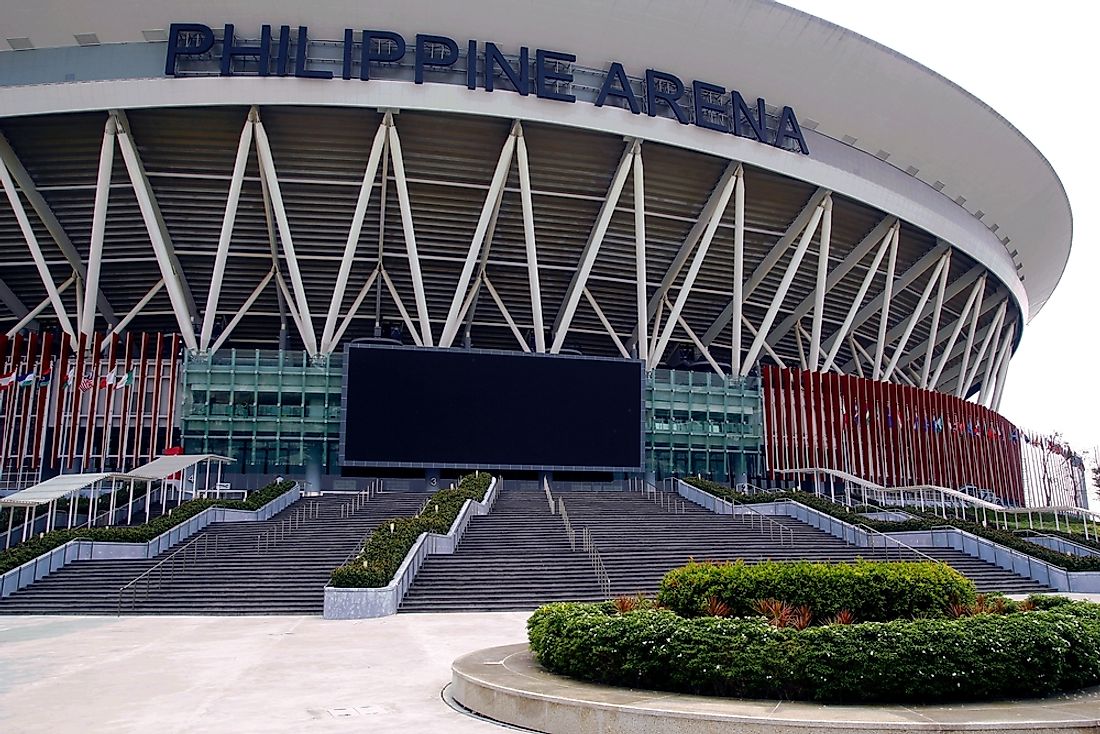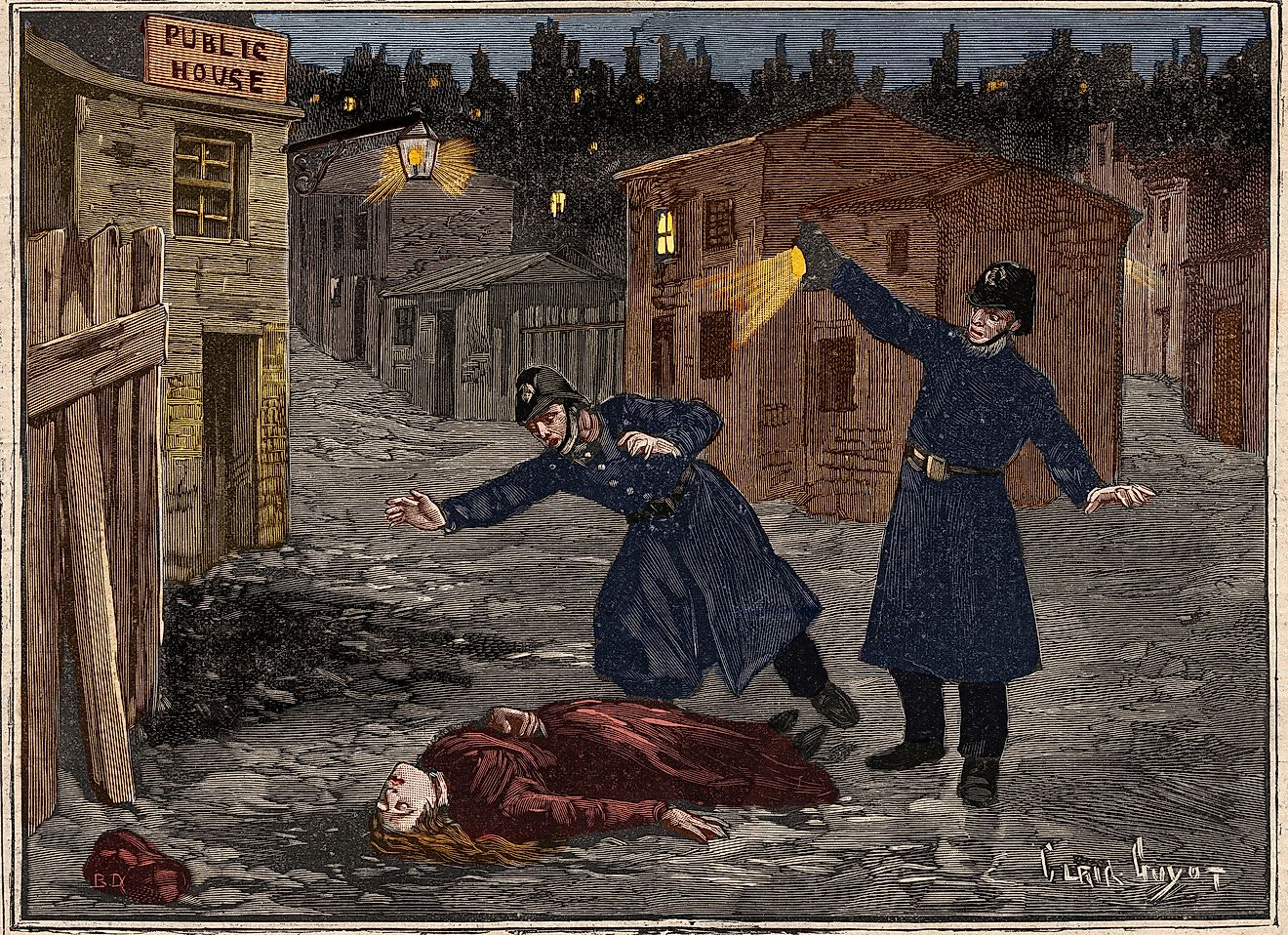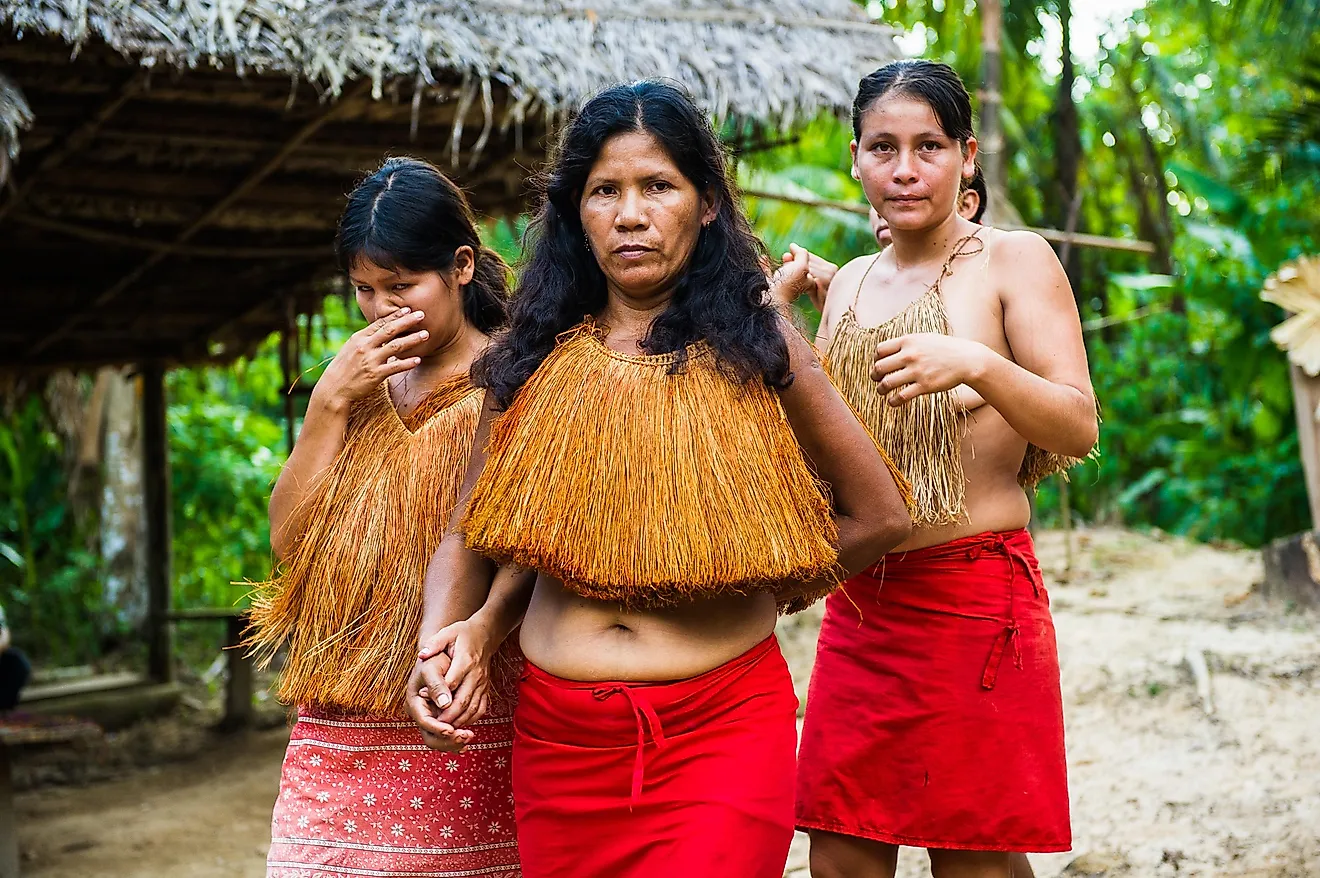The Biggest Cities In Bosnia And Herzegovina

Located on the Balkan Peninsula, Bosnia and Herzegovina is a Southeastern European nation with Sarajevo as its capital and biggest city. The country has a 20 km long coastline on the Adriatic Sea to the south. Serbia borders the country to the east, Croatia to the north, south, and west, and Montenegro to the southeast. Most parts of Bosnia and Herzegovina experiences a moderate continental climate while a Mediterranean climate prevails in the southern tip of the nation.
Today, Bosnia and Herzegovina have high literacy rates, education levels, and life expectancy. It is also one of the most visited nations and has one of the highest tourism growth rates in the world. The country is famous for its rich cultural heritage, natural beauty, eclectic cuisine, winter sports, music, festivals, and architecture.
The Three Largest Cities In Bosnia And Herzegovina
Sarajevo
Sarajevo is Bosnia and Herzegovina’s biggest city and seat of government in the country. The city is nestled within the greater Sarajevo Valley on the banks of the Miljacka River and is surrounded by the Dinaric Alps. Sarajevo is not only the political center but also the cultural and social center of the country. Due to the city’s long-term association with religious and cultural history, it is also known by the nickname of "Jerusalem of Europe.” Sarajevo is unique in being the only European city to house a Catholic church, a synagogue, a mosque, and an Orthodox church in the same neighborhood. This fact exhibits the tolerant and multicultural nature of the city. A number of important educational institutions are also located in Sarajevo.
Sarajevo is also the strongest economic hub in Bosnia and Herzegovina. It has a large administrative, manufacturing, and tourism sector. The city generates nearly 25% of the nation’s GDP. Furniture, tobacco products, automobiles, hosiery and communication equipments are the important industries here.
Banja Luka
Banja Luka is Bosnia and Herzegovina’s second biggest city and is located in the northwestern part of the country. The city encompasses an area of 96.2 square km and is on the banks of the Vrbas River. The city’s downtown is 534.78 ft above sea-level and is surrounded by hills. The University of Banja Luka is situated in the city. Banja Luka is well-known for its tree-lined avenues, gardens, parks, and boulevards.
Banja Luka has a dominant Serb population. It is an important political center in the country and houses several entity and state institutions. A number of financial service regulators also have their headquarters in Banja Luka. The city has a rich culture and is an important tourist center. Several museums like the Museum of Bosanska Krajina, the Museum of Modern Art of Republika Srpska, and others are located in Banja Luka.
Tuzla
Tuzla is the third most populous city in Bosnia and Herzegovina. It is north-east Bosnia’s educational, cultural, scientific, economic, health, and tourist hub. Tuzla has a wide and varied industrial sector, and its salt lake tourism has encouraged the growth of a thriving service sector. Europe’s only salt lake is located in the city and is visited by nearly 100,000 people per year. The city is one of the country’s most multicultural cities and thus has a rich and eclectic culture.
Which Are The Biggest Cities In Bosnia And Herzegovina?
| Rank | Name | Population (2013) |
|---|---|---|
| 1 | Sarajevo | 291.422 |
| 2 | Banja Luka | 199.191 |
| 3 | Tuzla | 120,874 |
| 4 | Zenica | 115,298 |
| 5 | Bijeljina | 114,663 |
| 6 | Mostar | 113,169 |
| 7 | Prijedor | 97,588 |
| 8 | Brčko | 93,028 |
| 9 | Doboj | 77,223 |
| 10 | Cazin | 69,411 |
